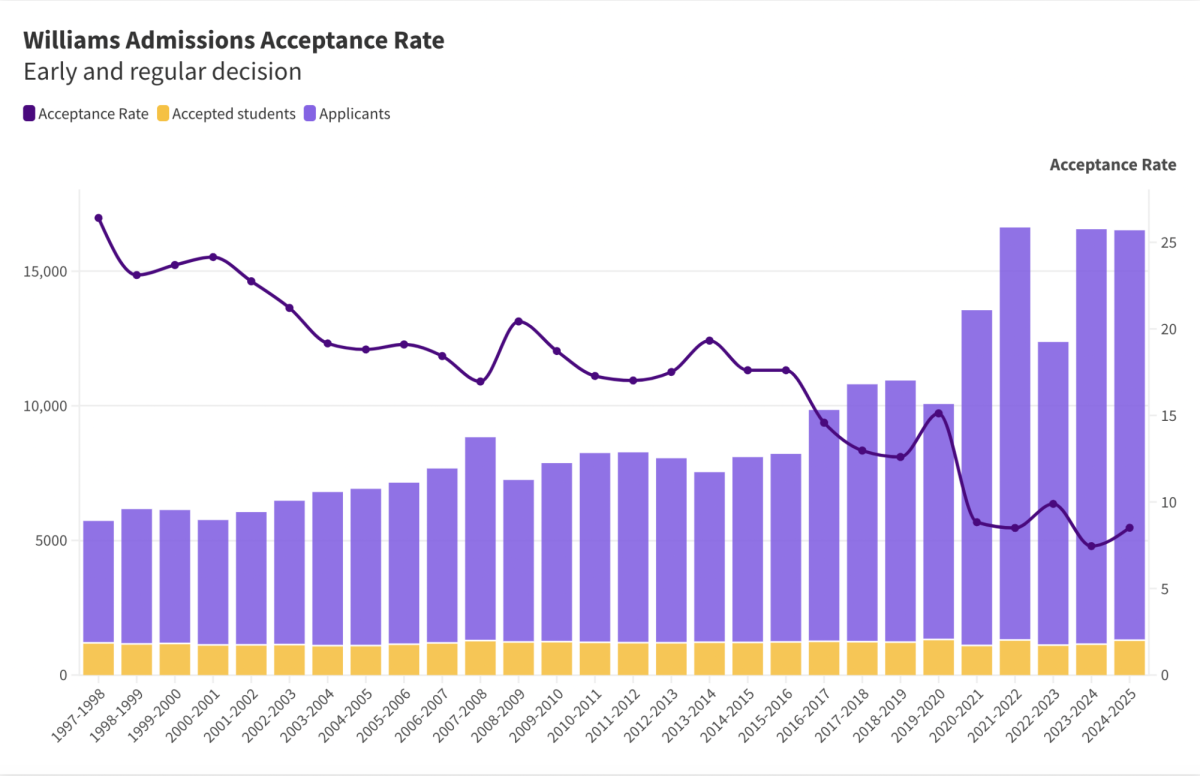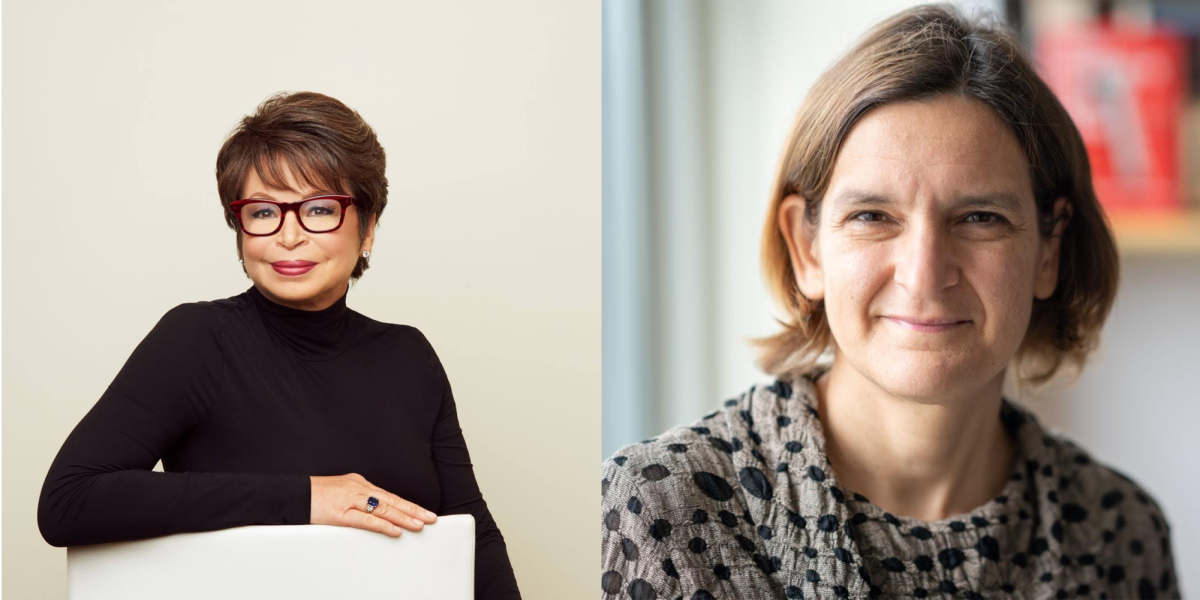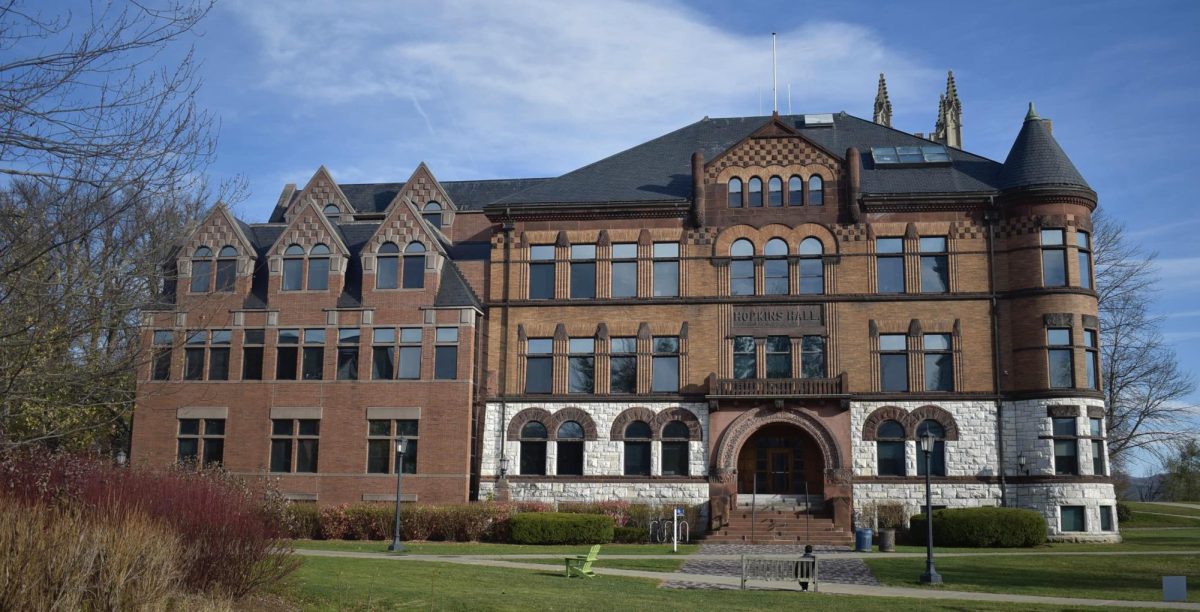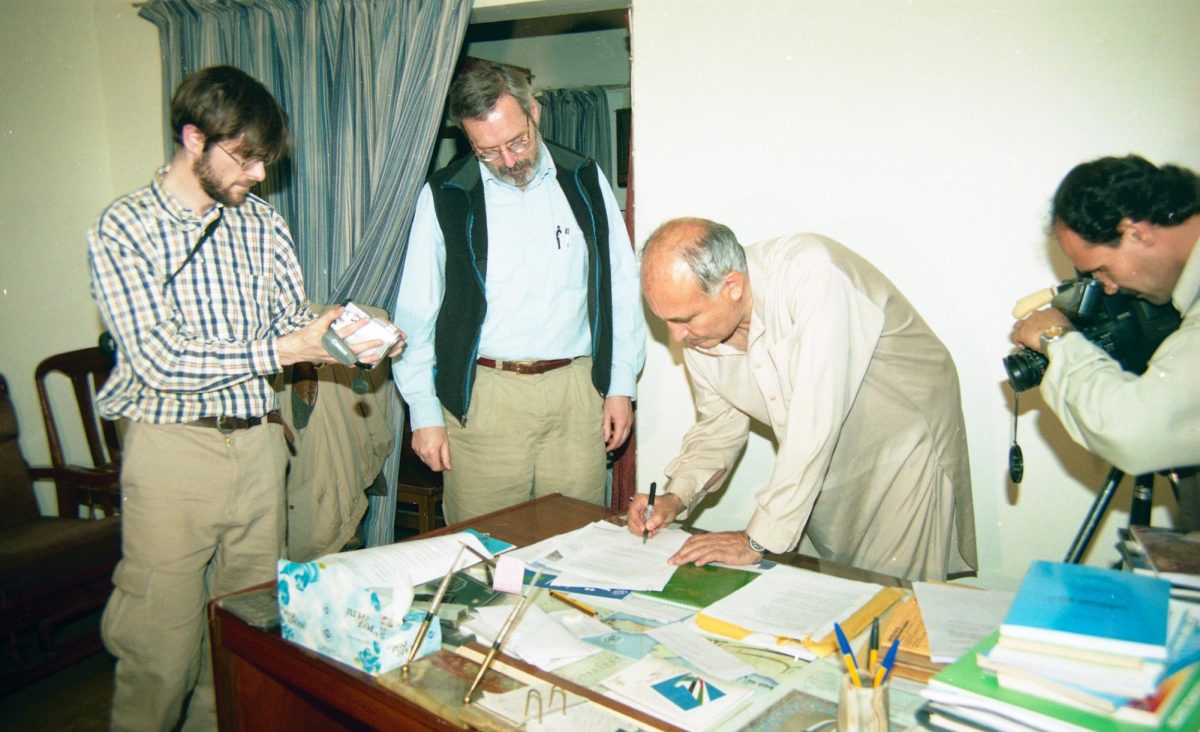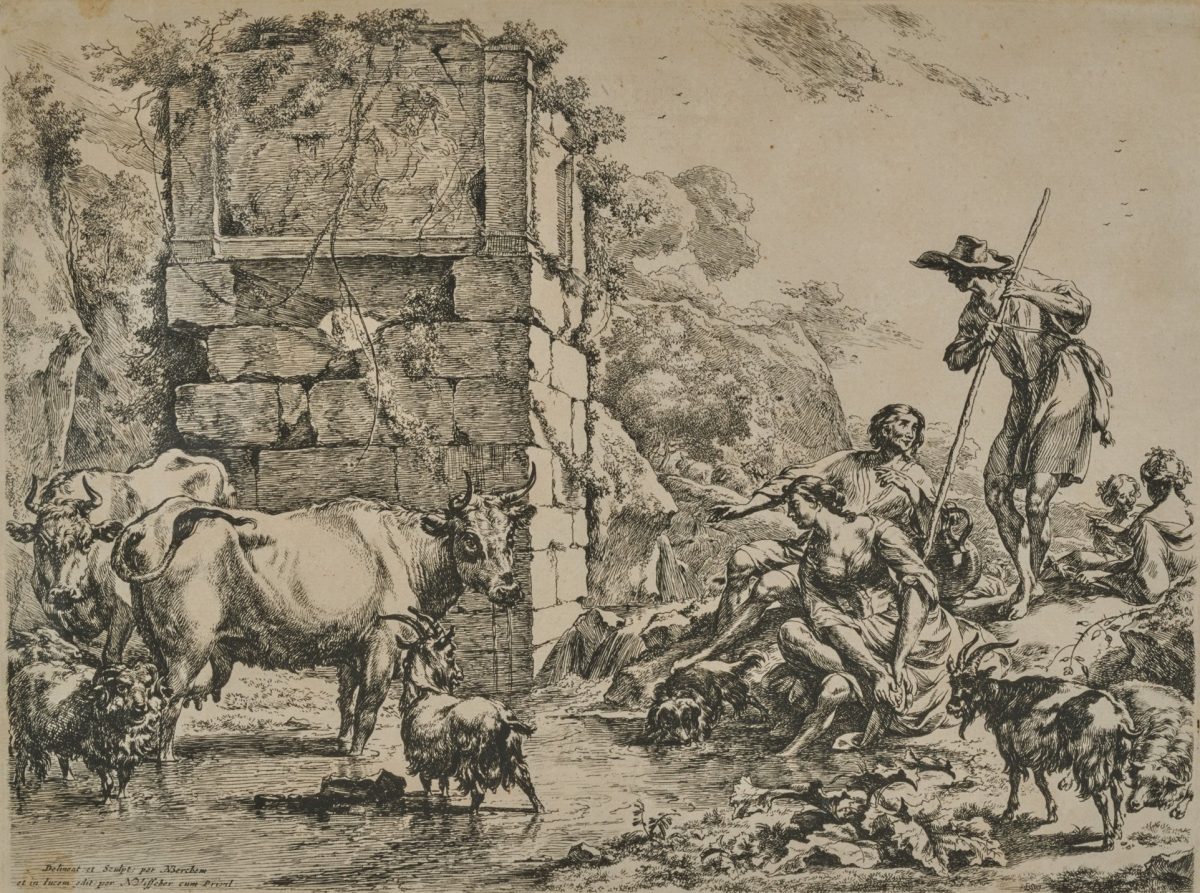In defense of Williams athletics
March 17, 2021
Every so often the Record opinions section houses a non-athletes’ list of grievances with athletes and the athletic community at Williams. This trend has existed since last year, and the Wood party has only served to aggravate these complaints. Complaints that athletes have an elevated social status, that athletics serve as a vehicle to benefit the rich and white, that athletic programs are granted exceptions to certain COVID rules, and that athletics contribute to a culture of ableism at Williams. While I am not well versed in issues of ableism, I find the rest of these points to be leveled inaccurately against athletes at the College.
The Wood party was certainly an egregious violation of COVID guidelines, yet putting the blame on athletes, or suggesting that athletes are the reason such a violation happened, is to ignore the larger dynamics at play here. First and foremost, the notion that 1,800 18-to-22-year-olds would live together on 450 acres after a year of quarantine without large social gatherings, regardless of their athletic participation, is wishful thinking verging on delusion. Additionally, school is meant to develop students in more areas than academics, and social development is a core facet of education. While some non-athletes may neglect this area, to claim that athletics are the reason that some students prioritize social activity is simply false. Finally, the continued resentment towards athletes feels misplaced. The students responsible are all at home. Why should innocent members of the community be treated with contempt over violations they took no part in? The Wood party was a blunder that athletes remaining on campus are suffering the consequences of along with everyone else. The broader complaints towards the athletic community have been largely shrugged off by most athletes, however; at this point, I think a cogent response to these grievances will be helpful to the community as a whole.
The association between athletics and rich whiteness has far more to do with the relationship between race, wealth, and opportunity at the high school level than it does with college recruitment. More expensive sports tend to be predominantly white and wealthy, particularly regional sports like hockey, skiing, and lacrosse. Is the best response to this inequality to discourage opportunity to play at the collegiate level for everyone? No, it makes far more sense to expand accessibility of these sports, deepening the field of competition and ensuring that the best athletes are the ones granted collegiate opportunities, not just those whose parents can pay. This is largely beyond Williams’ ability or obligation, and thus it feels as though the forum for these criticisms is elsewhere.
Privileges afforded athletes are not without their own costs. Athletes may have a better idea of their admission likelihood than other students (though we do apply early decision, when anyone else is able to, and our admission status is not guaranteed), but we are also being asked for more than non-athlete students. This is to say we are asked to apply ourselves fully not just to academics but to our respective sports as well. The academic leniency granted to athletes is not as tremendous as some seem to think — this school is simply too small to allow for a large portion of underqualified students to be admitted and still retain our academic prestige. The observation that practices of over 10 participants are allowed for sports teams directly parallels the restrictions in place for in-person classes. While the level of participation each team can currently engage in varies wildly by sport, all participants are masked, and the majority of rosters with over 10 participants have outdoor practices. The access to athletic facilities granted to athletes does not extend too far beyond that of the general student body, and lifts are limited to one-hour slots, the same way that non-athletes can sign up for the weight room/tent.
I get the sense that many of the non-athletes voicing these complaints don’t fully understand the scope of what is demanded of athletes on campus. Just as classes are an obligation for the entire student body, practices, workouts, film sessions, and competitions are obligations for the athletes on campus. Varsity sports add a level of mental, physical, and emotional strain that non-athletes are largely blind to. Six days of practice and participation a week all-year round, plus the addition of in-season competition and travel, are factors that are difficult on their own and compound the difficulties of time management, stress management, and maintaining general focus that non-athletes also experience.
Furthermore, some non-athletes seem to have the perception that athletes are deified, which is simply untrue. While sports teams undoubtedly have a powerful social presence and influence, student attendance for games, matches, races, and meets are dismal. “Historic” Lasell Gymnasium is just a building that has not had a major renovation in 33 years and hasn’t had any renovation whatsoever in over a decade. This may seem like a privileged grievance, but there is a perpetual stream of unknown fluid in the walkway from the first-floor fitness room to the laundry room. There simply is no glorification of athletics here.
The perceived omnipotent social power of the athletes has tradeoffs that are not adequately considered in the op-eds of my peers. When one sees all athletes as interchangeable parts of a single monolith, one fails to recognize that each sports team is socially torpefied for roughly a third of every year. This certainly varies by sport, but in season the tradeoff for having a guaranteed group of close friends is a limited ability to branch out. In my personal experience, this meant a consistent amount of social activity in the fall; then, during the winter, I virtually only interacted meaningfully with my teammates. This amounts to the fact that my social circle is limited to my teammates and people I had good interactions with over a year ago. While wrestling is definitely not the team that springs to mind when most students think of social teams, or teams in general, I think my experience is comparable to that of other athletes.
In closing, I would like to offer my thoughts on resolving this tension. I think the underlying cause of these rifts within our community is the lack of a Williams identity. A community that shares a common identity is much stronger than one without. It is easy to draw divisions when the main uniting factor of the student body is living in proximity for four years. It is easy to hold contempt and make generalizations about groups that you live near, but feel no connection to. Building an identity that all Williams students can relate to will make it easier to understand and relate to anyone in the community. This is not to say that we will all cast off our individual and group identities, and become entirely united. Some divisions will certainly remain, but if we highlight and reinforce our commonality, these divisions will be between subsets of a larger community, rather than between entirely disparate groups. One such commonality we hold is that every student pursues greatness in whatever they do. Simply applying to an institution like Williams indicates a willingness, or at least a desire, to go above and beyond, to climb high and climb far. Filling out this identity robustly is not the duty of any one student, group, or groups, but the duty of all of us. I ask not just administrators and student government leaders, but you, as a member of the Williams community, to reflect on what we have in common, and how we can bring that to the forefront of the community identity.
William Smith ’23.5 is from Washington, D.C.



